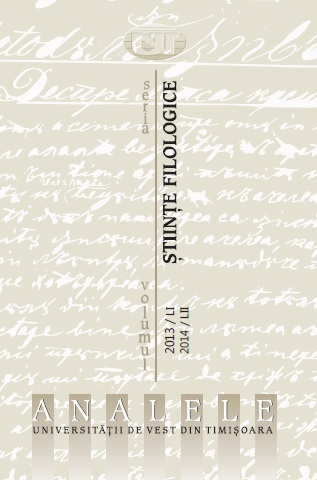Original vs. tradiţional la Katakalon Kekaumenos
Admonition to the Emperor – Canon and Innovation
Author(s): Gabriela RaduSubject(s): Cultural history
Published by: Editura Universităţii de Vest din Timişoara
Keywords: parenesis; canon; innovation; tradition; advice
Summary/Abstract: The Byzantine writer of the eleventh century is the heir of the past, being often constrained by previous literary models that have to be followed faithfully. Although literary canons were rigid, the first tendencies towards artistic freedom appear in the eleventh century in texts written by various authors in a simple and less rhetorical language. One of these works belongs to Kekaumenos: Admonition to the Emperor is a parenetic work, a very widespread genre in Byzantium in that period. Accordingly, this work is an attempt to break away from the conventional pattern by presenting not only the author’s political opinions as an aristocrat with a strong military background but also certain economic and administrative aspects of the imperial provinces. The author discloses the weakness of the imperial administrative and military structures by using real life stories to describe events he witnessed. The most attractive particularity of this sample of Byzantine literature is its middle class flavour that originates from its author’s social status. Kekaumenos is representative for a large category of state employees who have sufficient instruction to carry their duties, not enough though to be “writers”.
Journal: Analele Universităţii de Vest din Timişoara.Seria ştiinţe filologice
- Issue Year: 2013
- Issue No: 51-52
- Page Range: 223-228
- Page Count: 6
- Language: Romanian

